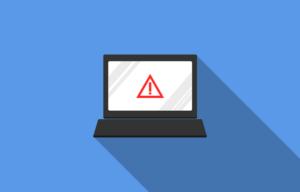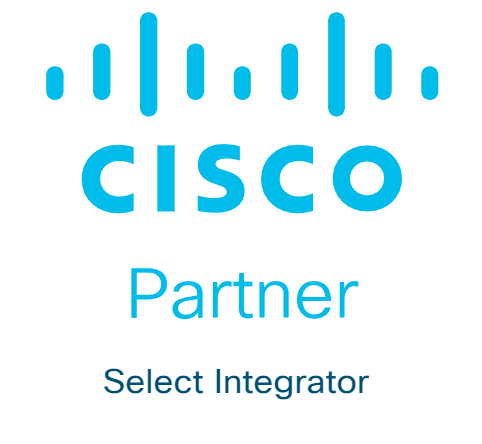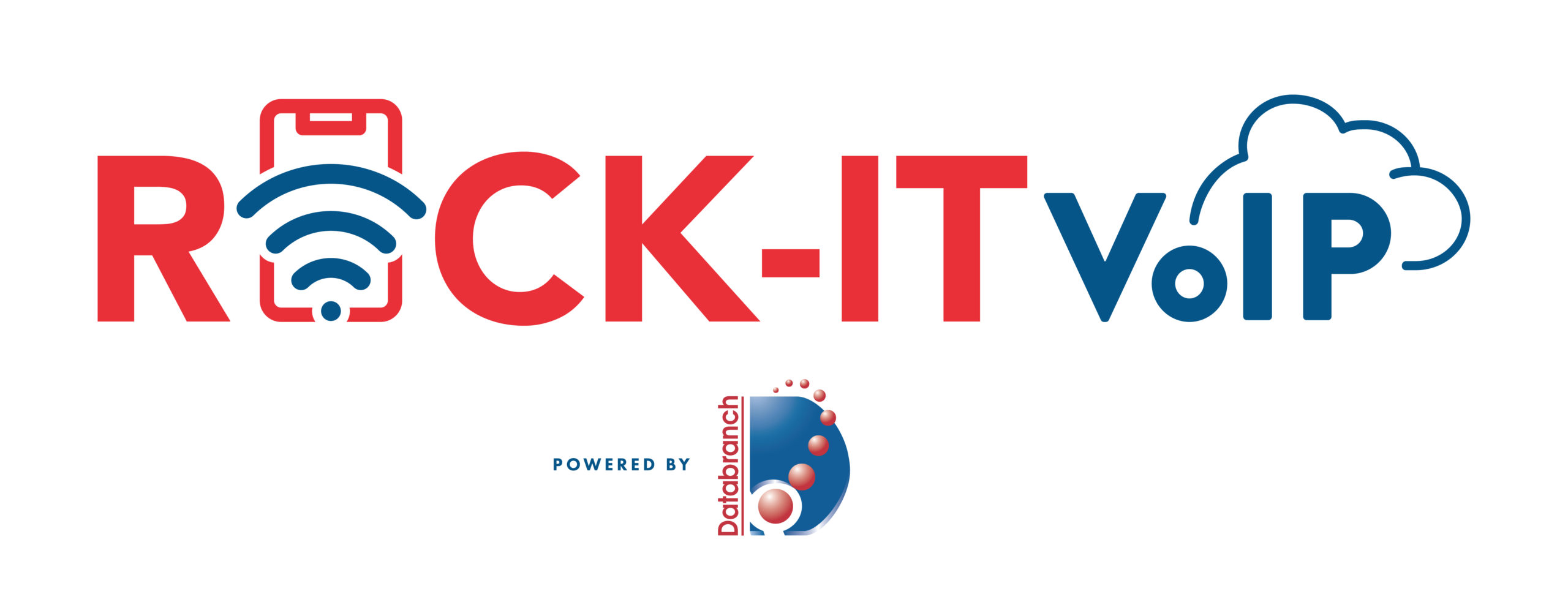
Businesses today face a range of cybersecurity threats, from social engineering attacks like phishing, to sophisticated ransomware. For business leaders like you, protecting your network is crucial since it is the lifeline of your business.
Any vulnerability in your network can compromise your sensitive data, operational integrity, and stakeholder trust. That’s why you must understand and address these threats through proactive measures, such as routine security scans and network testing.
In this blog, we’ll discuss the role of a robust network and demystify network testing intricacies.
Benefits of Routine Security Tests
A security test typically assesses the effectiveness of an organization’s security measures and protocols. Here are some of its benefits:
Identifies Vulnerabilities:
Through regular security scans, you can easily identify weaknesses in your system and proactively address potential threats before they can be exploited by cybercriminals.
It is important to conduct vulnerability assessments regularly, at least every quarter if not more frequently. This is due to the dynamic nature of information technology. Many changes occur on a day-to-day basis that can introduce new exposures associated with information security.
Security shortcomings found during a vulnerability assessment can almost always be fixed. Many times, the fixes are very easy to accomplish.
Assesses Security Measures:
Regular security tests allow you to establish continuous monitoring of security protocols. This helps you gauge the effectiveness of your security measures and make necessary changes when needed.
Here at Databranch, our Managed Service plans offer proactive monitoring tools that helps us detect threats before they can impact your network. They also provide increased protection from malware, ransomware, and phishing compromises.
All Databranch Comprehensive Care and Foundation Security clients also have scheduled automatic patching and Windows updates on their devices.
Ensures Compliance:
Security tests help align your security practices with industry standards and reduce the risk of your business running into any compliance issues.
Prevents Data Breaches:
Through routine security scans, you can easily identify and address vulnerabilities and fortify your organization against unauthorized access and potential data breaches.
Optimizes Incident Response:
Regular testing helps you refine and improve your incident response plan and ensures your security preparedness plan is effective and up to date. Simply put, being able to restore and recover important business data after a disaster is no longer enough.
Intelligent Business Continuity is Databranch’s answer to not only ensuring that your data is restored to its former state, but restored quickly, with little to no downtime or interruption to your business.
Strengthens Resilience:
Regular security testing helps you build a solid security posture, enhancing your organization’s ability to endure and recover from cyberattacks.
Helps Avoid Financial Losses:
By taking proactive measures to identify and address security risks, you can prevent potential financial losses associated with data breaches, legal implications and operational disruptions. Visit our website here to learn just how costly it could be if your business were to experience a disruption.
Fosters Continuous Improvement:
Regular testing fosters a culture of continuous improvement, allowing you to adapt and evolve your security strategies based on emerging threats and industry best practices.
Essential Security Testing Methods
By leveraging security testing methods, you can assess the effectiveness of your organization’s security measures. Here are two of the most efficient methods that can help you build a robust cybersecurity landscape for your business:
Penetration Testing:
Also known as pen testing, this involves simulating real-world cyberattacks on an organization’s network. The simulations provide valuable insights that help organizations identify and address security gaps before they can be exploited by cybercriminals.
Vulnerability Assessments:
This method involves using automated tools to scan networks, systems and applications for known vulnerabilities, misconfigurations or weaknesses. It helps organizations build a robust cybersecurity posture by proactively prioritizing and addressing potential threats before they can do any harm.
Boost Security Effortlessly
When it comes to the security of your network, you can’t take any chances. That’s why you should partner with Databranch and let the experts handle the heavy lifting. We can efficiently manage security testing for you and ensure your digital defenses stay protected. Contact us at 716-373-4467 option 6, or [email protected] for a no-obligation consultation and take the first step towards a more secure future.
Download our infographic today for a condensed roadmap on how routine security scans can optimize your network!
Read More

There’s a reason that browsers like Edge have added breached password notifications. Data breaches are an unfortunate part of life that can have costly consequences for individuals. Hackers can steal identities, compromise bank accounts and even sell your credentials on the dark web.
Cybercriminals breach about 4,800 websites every month with form jacking code. It has become all too common to hear of a large hotel chain or social media company exposing customer data.
Hackers can breach your personal information and passwords without you knowing it. The time from breach to notification of the breach can be lengthy. One example is the data breach of CafePress which is a popular online retailer that prints personalized items.
CafePress suffered a data breach in February 2019. That breach exposed millions of names and addresses, security questions, and more. Hackers also breached social security numbers that weren’t encrypted.
As mentioned, the breach happened in February. But many consumers weren’t notified until late summer. The FTC recently took action against the company due to its careless security practices.
The point is that months or years can go by without you knowing about compromised data. Unless you happen to look at the right website, you may not even realize it. Those breached password features in browsers are helpful, but what if you have other information beyond a password compromised?
It’s best to protect yourself with some knowledge. We’ll help by listing several recent breaches. If you’ve interacted with any of these companies, you’ll want to take steps to protect yourself from the fallout.
Recent Breaches of Personal Information That May Impact You
Microsoft Customer Data Breach
On October 19, 2022, Microsoft announced a breach that exposed customer data. A misconfigured server was to blame and the breach exposed certain business transaction data. It’s thought that this breach could have affected more than 65,000 entities worldwide.
2.5 Million Records Exposed in a Student Loan Breach
Did you get a student loan from EdFinancial and the Oklahoma Student Loan Authority (OSLA)? If so, you could be in trouble. The organizations notified impacted individuals by letter in July 2022.
The personal information at risk included:
- Social security numbers
- Email addresses
- Home addresses
- Phone numbers
The breach compromised the data of over 2.5 million loan recipients.
U-Haul Data Breach of 2.2 Million Individuals’ Data
Large rental firm U-Haul is a household name. It also just had a major data breach. It notified clients in August of 2022 of a compromise of some rental contracts. The contacts in question were between November 5, 2021, and April 5, 2022.
The breach exposed names, driver’s license numbers, and state identification numbers. It affected over 2.2 million individuals that rented vehicles from the company.
Neopets Breach May Have Compromised 69 Million Accounts
You wouldn’t suspect a cute site like Neopets to be a cybersecurity risk. But users of the platform got a rude awakening due to a breach of the service. An estimated 69 million accounts may have had emails and passwords leaked.
The full stolen Neopet database and copy of the source code were being offered for sale for about $94,500.
One Employee Computer Causes a Marriott Breach
Hotel giant Marriott suffered another breach in July 2022. It blamed a single unsecured employee computer. About 300-400 individuals had data leaked. This data included credit card numbers and other confidential information.
Unfortunately, the company shows a pattern of poor cybersecurity. Within the last four years, it has suffered three separate breaches. That’s enough to want to pay in cash or use a pre-paid card if you stay there.
Shield Health Care Group Exposes Up to 2 Million Records
In March of 2022, Shield Health Care Group detected a breach. This Massachusetts-based company found that hackers breached up to 2 million customer records. This includes medical records, social security numbers, and other sensitive personal data.
Flagstar Bank Takes 6 Months to Identify Individuals Affected in a Breach
In December of 2021, Flagstar Bank suffered a breach. It wasn’t until 6 months later that it identified the individuals affected. And the impact was large. It included exposed social security numbers. The hack impacted about 1.5 million customers.
8.2 million Current and Former Customers of Block Compromised
Block was formerly known as Square, a popular payment processing platform. It announced in April of 2022 that it was breached the previous December. A former employee accessed customer names and brokerage account numbers. Some accounts also had other stock trading information accessed.
About 8.2 million current and former customers had their data exposed.
Crypto.com Breach Nets Hackers Over $30 Million
Cryptocurrency may be hot at the moment, but it’s very susceptible to cyberattacks. In January 2022, over 483 users had their Crypto.com wallets breached.
The criminals made it past two-factor authentication, which is usually quite effective. They stole about $18 million in bitcoin and $15 million in Ethereum and other cryptocurrencies.
Are Your Credentials Out There?
Contact Databranch today at 716-373-4467 x 115 or [email protected] to learn more about protecting your personal data from a breach. We can help your business implement Multi-Factor Authentication or set you up with our Dark Web monitoring services. Visit out website here to learn more.
Article used with permission from The Technology Press.
Read More

Stolen login credentials are a hot commodity on the Dark Web. There’s a price for every type of account from online banking to social media. For example, hacked social media accounts will go for between $30 to $80 each.
The rise in reliance on cloud services has caused a big increase in breached cloud accounts. Compromised login credentials are now the #1 cause of data breaches globally, according to IBM Security’s latest Cost of a Data Breach Report.
Having either a personal or business cloud account compromised can be very costly. It can lead to a ransomware infection, compliance breach, identity theft, and more.
To make matters more challenging, users are still adopting bad password habits that make it all too easy for criminals. For example:
- 34% of people admit to sharing passwords with colleagues
- 44% of people reuse passwords across work and personal accounts
- 49% of people store passwords in unprotected plain text documents
Cloud accounts are more at risk of a breach than ever, but there are several things you can do to reduce the chance of having your online accounts compromised.
Use Multi-Factor Authentication (MFA)
Multi-factor authentication (MFA) is the best method there is to protect cloud accounts. While not a failsafe, it is proven to prevent approximately 99.9% of fraudulent sign-in attempts, according to a study cited by Microsoft.
When you add the second requirement to a login, which is generally to input a code that is sent to your phone, you significantly increase account security. In most cases, a hacker is not going to have access to your phone or another device that receives the MFA code, thus they won’t be able to get past this step.
The brief inconvenience of using that additional step when you log into your accounts is more than worth it for the bump in security.
Use a Password Manager for Secure Storage
One way that criminals get their hands on user passwords easily is when users store them in unsecured ways. Such as in an unprotected Word or Excel document or the contact application on their PC or phone.
Using a password manager provides you with a convenient place to store all your passwords that is also encrypted and secured. Plus, you only need to remember one strong master password to access all the others.
Password managers can also autofill all your passwords in many different types of browsers, making it a convenient way to access your passwords securely across devices.
Review/Adjust Privacy & Security Setting
Have you taken time to look at the security settings in your cloud tools? One of the common causes of cloud account breaches is misconfiguration. This is when security settings are not properly set to protect an account.
You don’t want to just leave SaaS security settings at defaults, as these may not be protective enough. Review and adjust cloud application security settings to ensure your account is properly safeguarded.
Use Leaked Password Alerts in Your Browser
You can have impeccable password security on your end, yet still have your passwords compromised. This can happen when a retailer or cloud service you use has their master database of usernames and passwords exposed and the data stolen.
When this happens, those leaked passwords can quickly end up for sale on the Dark Web without you even knowing it.
Due to this being such a prevalent problem, browsers like Chrome and Edge have had leaked password alert capabilities added. Any passwords that you save in the browser will be monitored, and if found to be leaked, you’ll see an alert when you use it.

Look for this in the password area of your browser, as you may have to enable it. This can help you know as soon as possible about a leaked password, so you can change it.
Don’t Enter Passwords When on a Public Wi-Fi
Whenever you’re on public Wi-Fi, you should assume that your traffic is being monitored. Hackers like to hang out on public hot spots in airports, restaurants, coffee shops, and other places so they can gather sensitive data, such as login passwords.
You should never enter a password, credit card number, or other sensitive information when you are connected to public Wi-Fi. You should either switch off Wi-Fi and use your phone’s wireless carrier connection or use a virtual private network (VPN) app, which encrypts the connection.
Use Good Device Security
If an attacker manages to breach your device using malware, they can often breach your accounts without a password needed. Just think about how many apps on your devices you can open and already be logged in to.
To prevent an online account breach that happens through one of your devices, make sure you have strong device security. Best practices include:
- Antivirus/anti-malware
- Up-to-date software and OS
- Phishing protection (like email filtering and DNS filtering)
Looking for Password & Cloud Account Security Solutions?
Don’t leave your online accounts at risk. We can help you review your current cloud account security and provide helpful recommendations. Contact Databranch today at 716-373-4467 x 15 or [email protected] if you would like to enhance your security and want to discuss you options.
Article used with permission from The Technology Press.
Read More












